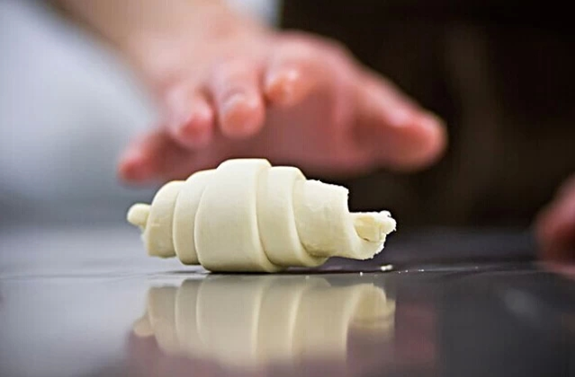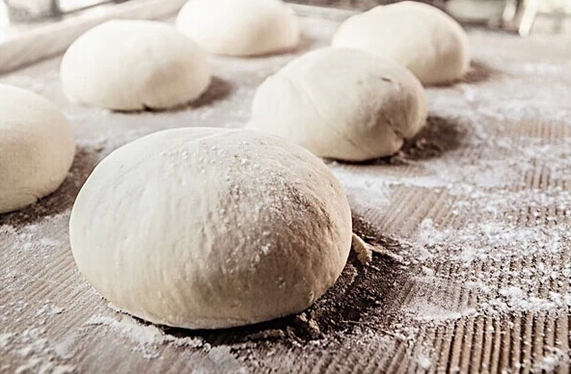What is the ideal environment for dough fermentation?
Release time:
2020-04-22
The main purpose of the fermentation stage in baking is to allow the dough to expand and adjust its rheological properties for further expansion during baking. To achieve this, we need the yeast to produce enough carbon dioxide during fermentation, so we first consider the yeast activity. Yeast can produce carbon dioxide at around 0℃, and the amount of gas produced gradually increases with the increase in temperature, until it reaches the maximum value at 43℃. When the temperature rises to 55℃, the yeast activity stops, and the cells die.

The main purpose of the fermentation stage in baking is to expand the dough and adjust its rheological properties, allowing it to further expand during baking. To achieve this, we need the yeast to produce enough carbon dioxide during fermentation, so we first consider the activity of the yeast. Yeast can produce carbon dioxide at around 0℃. As the temperature increases, the gas production also increases gradually until it reaches 43℃. When the temperature rises to 55℃, the yeast activity stops, and the cells die.

In the fermentation stage, we usually expand the dough to 90% of the required volume, while the remaining 10% expands during baking. The expansion time of fermentation mainly depends on the fermentation temperature and the yeast grade in the dough. The better the yeast quality, the shorter the time required to expand to a certain volume. Therefore, if our evaluation criterion is that the shorter the fermentation time the better, we should choose high-grade yeast and control the temperature at around 40-43℃.

Another issue we need to consider is that dough is a poor conductor of heat. When the dough starts to ferment, the temperature inside the dough is lower than the surrounding temperature. As fermentation proceeds, the outer layer of the dough heats up quickly, while the inside of the dough remains at a lower temperature. Because the yeast grade is very high, the outer layer will quickly over-ferment and lose its good gas-holding capacity. The huge temperature difference between the inside and outside during fermentation will result in low-quality products, which will not reach the qualified volume and uniform honeycomb structure.
Another environmental issue we need to pay attention to is the relative humidity around the dough. The relative humidity of the dough is about 90-95%, so if we do not take measures to increase the humidity of the fermentation environment, the potential for surface water evaporation is very high. Usually, in order to minimize the chance of surface water evaporation or even cracking, we will increase the air humidity to 85%.

In general, the best fermentation conditions are the most beneficial environment for the dough. In other words, the temperature is best controlled at around the dough's own temperature, which will inevitably lead to a longer fermentation time. Therefore, we try to improve the yeast grade, but this will make the flavor of the product unacceptable, and the raw material cost will also increase greatly. Therefore, we recommend a compromise solution, which is to control the temperature at around 35-40℃ and adjust the relative humidity to the optimal level.
Recommend News








